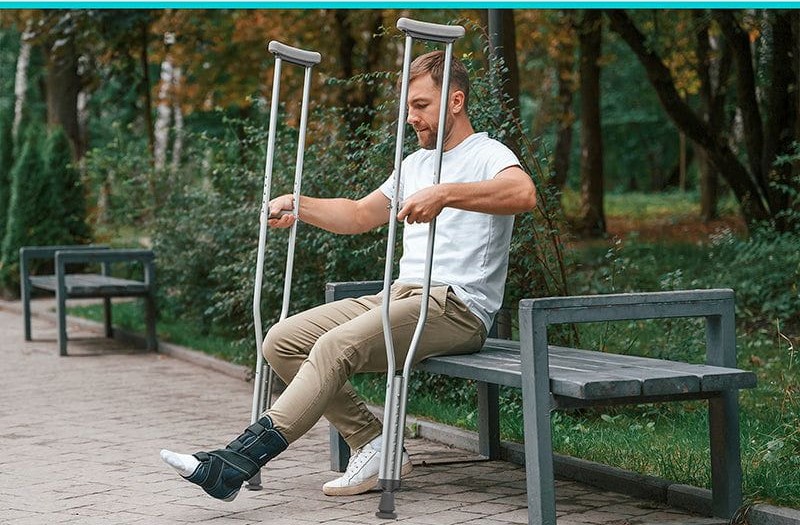Address
304 North Cardinal
St. Dorchester Center, MA 02124
Work Hours
Monday to Friday: 7AM - 7PM
Weekend: 10AM - 5PM
Address
304 North Cardinal
St. Dorchester Center, MA 02124
Work Hours
Monday to Friday: 7AM - 7PM
Weekend: 10AM - 5PM

In the world of mobility aids, few tools are as iconic—or as essential—as crutches. From a sprained ankle to post-surgical recovery, crutches provide the stability and support you need to stay mobile when walking isn’t an option. Whether you’re sidelined by an injury or navigating a temporary disability, crutches help you move forward—literally.
Let’s explore why crutches remain a trusted companion in the healing journey and how to choose the right type for your needs.
Crutches are mobility aids designed to support your body weight when you can’t use one or both of your legs. By redistributing weight to the upper body, crutches reduce pressure on the lower limbs and help you move with confidence. They are typically used for short-term recovery, though certain types are suited for long-term use as well.
There are three main types of crutches:
Affordable & Accessible
Crutches are widely available, inexpensive, and often covered by insurance or health plans.
Lightweight & Portable
Easy to carry, store, and take with you—perfect for active lifestyles.
Supportive During Healing
Allow injured individuals to move independently while keeping weight off the affected leg.
Minimal Setup Required
No batteries, no complicated features—just adjust the height and go.
Available for All Ages
From kids to seniors, crutches are adaptable to nearly any user with proper fitting.
| Mobility Aid | Best For | Pros |
|---|---|---|
| Crutches | Short-term leg injuries | Lightweight, affordable |
| Knee Walker | Lower leg injuries, post-surgery | Hands-free while stationary |
| Walker | Elderly or those with balance issues | Stable, slow-paced support |
| Cane | Minor injuries or balance support | Very portable and light |
While technology has introduced many modern mobility devices, crutches have stood the test of time—for good reason. They’re simple, reliable, and effective. If you’re dealing with a temporary injury or surgery recovery, crutches may be all you need to keep moving, stay independent, and heal with confidence.
Remember: Mobility is not just about walking—it’s about living fully, even when
if you want to explore more about Crutches So visit our store